Kings walked through the streets of Jajce before you. In ceremonial attire of long mantles framed with gold thread, they watched the landscapes that delighted anyone who visited the city. Jajce still holds itself in a kingly fashion; you will meet its ancient soul if you head to discover its 30 national monuments.
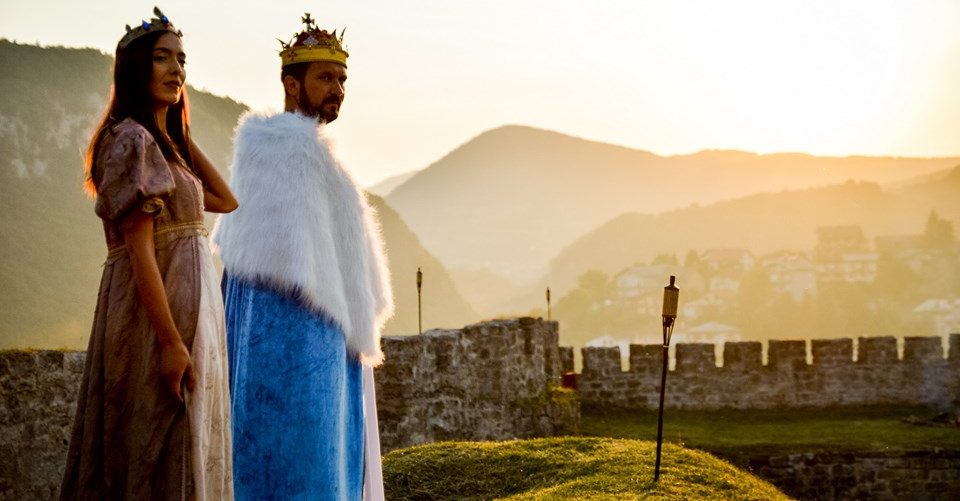
Author: Semra Hodžić
What would a king look at when he would wake in the old fortress in the morning? At the waters that surround Jajce? The peak of Huma or Ranče? At the city that descends towards Pliva? Or unknowingly, perhaps, towards the place where he would be buried? Even today this medieval fortress boasts the most beautiful view – primarily of the old Bosnian houses, the clock tower, and then everything reaching the Orthodox Church of Nativity of the Most Holy Mother of God and the Fransciscan monastery, which contains the bones of Stjepan Tomašević, the last Bosnian king. His coronation was held near the fortress in the Church of St. Mary (Fethija or Sultan Sulejman Mosque) that contains the Bell Tower of St. Luka, which is a significant cultural monument of this region. When you set foot into this fortress, you will feel kingly walking past the entrance embellished with the Kotromanić family’s crest from the 15th century. This happens to be the only preserved royal entrance in Bosnia and Herzegovina –a view you can’t miss!
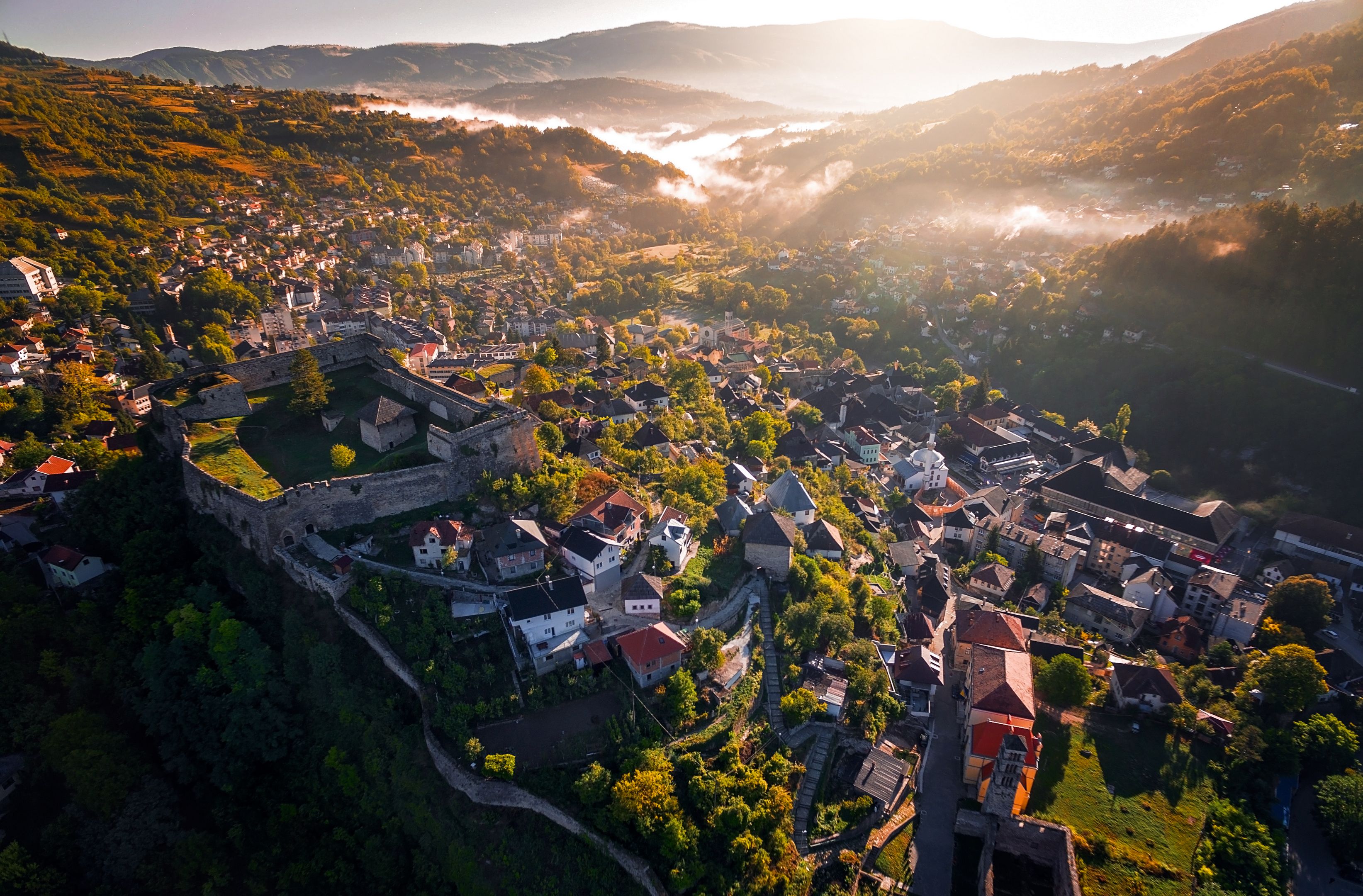
Before you climb down the old fortress, make sure to visit the famous catacombs! They are in an underground church carved into stone, which was built more than 600 years ago. Duke Hrvoje Vukčić Hrvatinić ordered the construction of the catacombs as a final resting place for his family. The catacombs are lit by little lamps; until you peek inside, you won’t see the curiosities that hide within. Like the old fortress, they are protected as a national monument of BiH. You can visit them every day of the week, and the entrance fee is only 2KM.
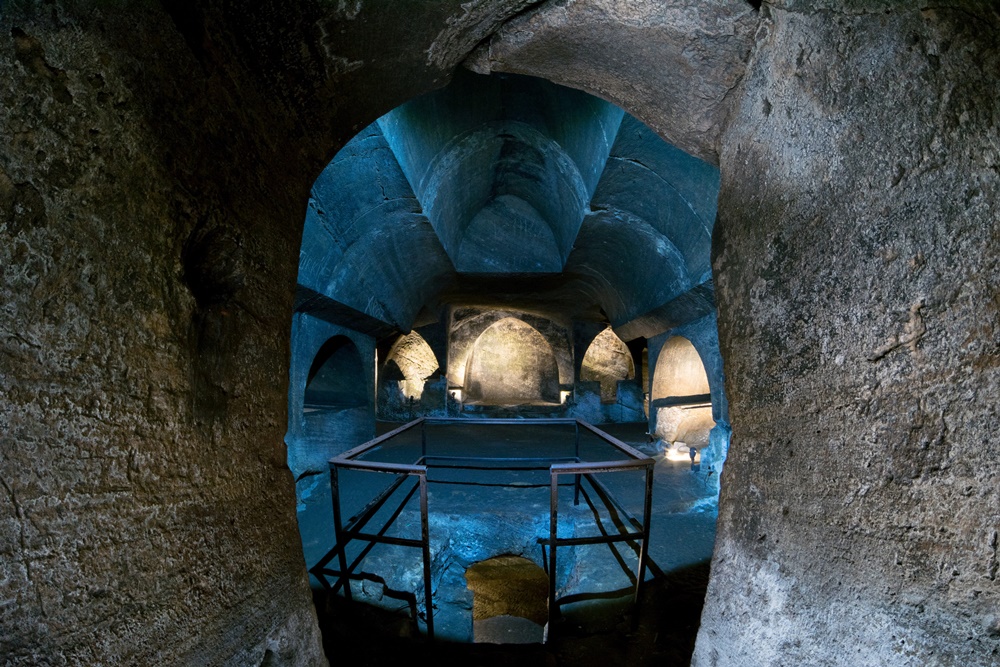
In an age of kingdoms struggling to survive and cities expanding, food was a priority. In order to grind grain and wheat, watermills were built near rivers. There are approximately ten mills that were built on the river Pliva that are preserved today, and the locals call them Mlinčići. The scene of those mills is like one that could be found on a postcard from Austria-Hungary back in the day: you will find wooden mills surrounded by cascading water with paddling ducks and a neatly-designed park with benches, a summer bar and much greenery–a breathtaking view that will not leave you indifferent. The watermills can be found in the immediate vicinity of the Pliva Lakes, and as a unique cultural landscape, are preserved as a national treasure of BiH.

The oldest national monument in Jajce is the Temple of Mithra–a cave carved into the rocks. It is a unique monument that depicts the god Mithra dressed in a fluttering Persian cloak, holding a bull by the snout with his left hand while stabbing it in the heart with his right and leaning on it with one knee. A glass structure was built around the monument, which makes the sight accessible to all visitors without having to enter the monument itself. If you wish to enter the monument, contact the Etno Museum of Jajce!
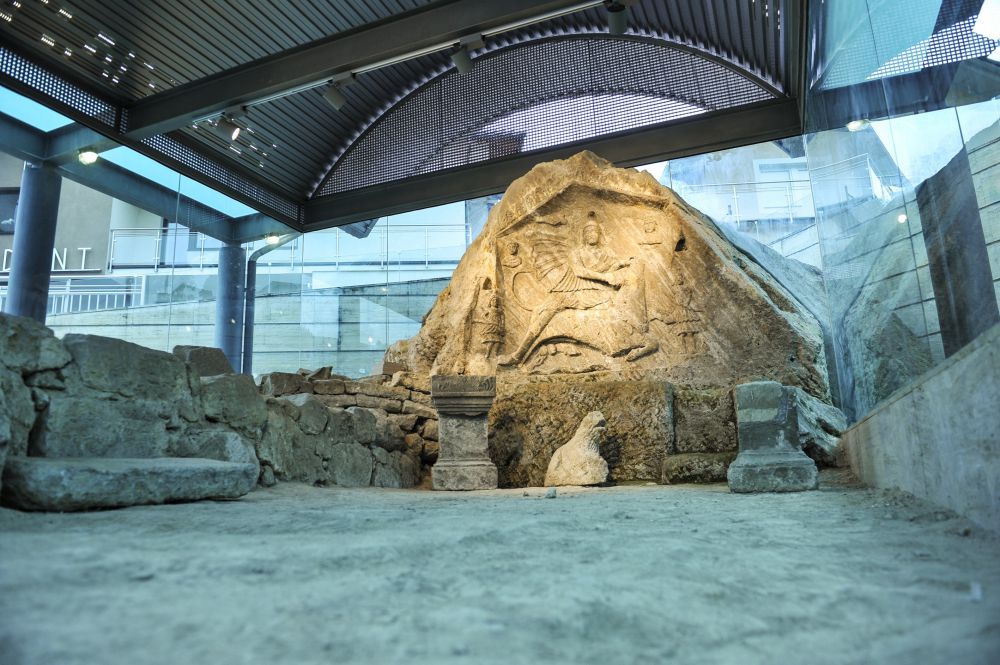
Contact: (0)30 658 268
In every age, whoever passed Jajce left their trace in the city as well as a part of their legacy. The Roman Catholic cemetery in Jajce attests to ancient times, and the Middle Ages are etched into the city fortress, the walls of the ancient cities of Komotin and Vinac as well as the churches such as the one of The Most Holy Mother of God. The Ottomans built the Jajce we see today–the Jajce surrounded by the walls of the ancient fortress that belonged to the ancient Bosnian houses of Burić, Kršlak, Omerbeg; the Jajce embracing the ancient mosques of Esma Sultan and Dizdar; all telling their own stories. The Austro-Hungarians modernized the ancient city, giving it elementary schools, new buildings to regulate finances, railway stations, Sarač house and the like. And during the time of Yugoslavia, the AVNOJ House was built, one of the few museums in Europe dedicated to anti-fascism as a global phenomenon and a place that, eight decades ago, lended the beginnings of the creation of SFR Yugoslavia.
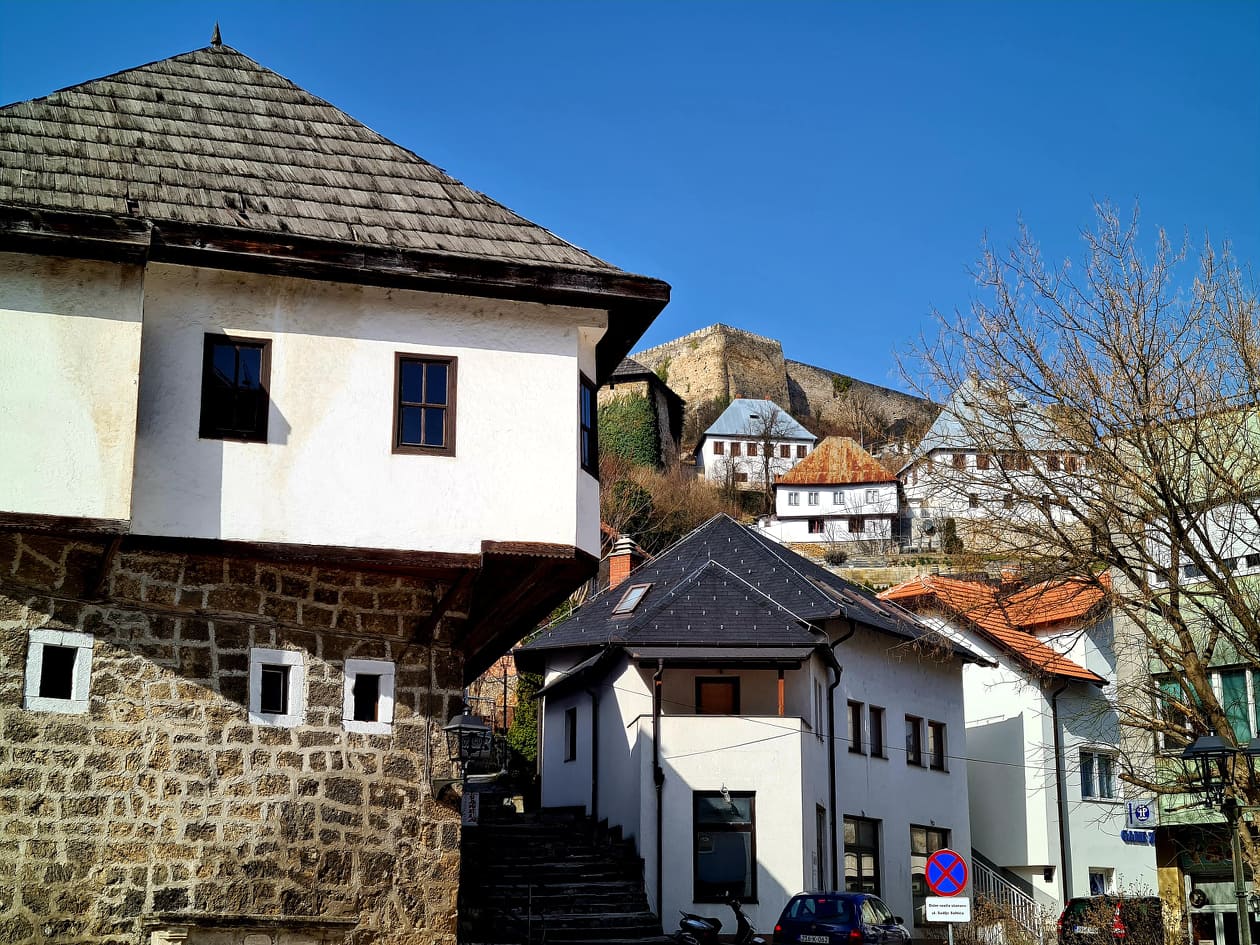
In Jajce there are many monuments, and 30 of them are recognized as protected national treasures of BiH. You can visit most of them during a casual stroll.